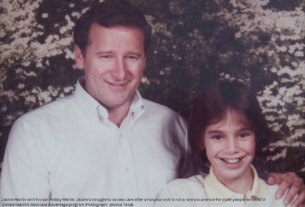Air safety reporting practices are under increasing scrutiny as investigations into recent crashes remain unresolved. The lack of clear answers has raised concerns about the effectiveness of safety protocols within the aviation industry.
Accidents, including the high-profile crashes of both commercial and smaller aircraft, have highlighted gaps in reporting and transparency. Critics argue that the current system allows for delays in investigation outcomes, undermining public trust in air travel safety.
In recent months, several major accidents have been linked to technical failures and human error. However, the full details of these crashes have not been made public, leading to questions about the thoroughness of investigations.
“The lack of timely disclosure of findings is unacceptable,” said a spokesperson for a leading aviation watchdog. “Families of the victims deserve answers, and the public needs assurance that such accidents won’t happen again.”
Airlines and regulatory bodies face growing pressure to improve the transparency of their safety reporting. Some experts suggest that current investigation procedures prioritize industry interests over public safety.
Investigators are often criticized for taking too long to release information. In some cases, the delay in conclusions can span years, leaving unanswered questions about the causes of crashes.
The National Transportation Safety Board (NTSB) and the Federal Aviation Administration (FAA) have faced calls for reform in their reporting practices. These agencies oversee investigations into U.S.-based incidents but have been criticized for slow response times.
“The process is frustratingly slow,” said one former NTSB investigator. “Each investigation should have clear timelines for reporting, but there are often political or commercial pressures that delay these outcomes.”
Recent crashes, including those involving well-known airlines, have raised alarms about the reliability of safety protocols. Airlines, regulators, and governments are being urged to address these concerns to restore confidence in air travel.
Experts argue that more transparent and timely reporting can help prevent future accidents. “We need real-time data and clear communication,” said a leading aviation safety consultant.
Public trust in air travel safety has been shaken by the ongoing investigation delays. Passengers are increasingly questioning whether the industry is doing enough to protect their lives.
Despite the calls for change, the aviation industry remains resistant to full transparency. Some argue that releasing incomplete findings could damage the industry’s reputation and affect business operations.
There is growing pressure on airlines to take responsibility for improving safety standards. Public scrutiny is likely to increase as more crashes occur, with the media demanding answers.
The unresolved investigations are becoming a central issue for lawmakers and safety advocates. In some countries, air safety regulations are being reviewed to ensure that accidents are reported in a timely and transparent manner.
As aviation technology continues to advance, the need for effective safety measures becomes more critical. Ensuring that reporting systems work efficiently could prevent unnecessary tragedies in the future.




